How & When to Plant Zinnia: Types & Tips
-
Ashley Bates
- Last updated:
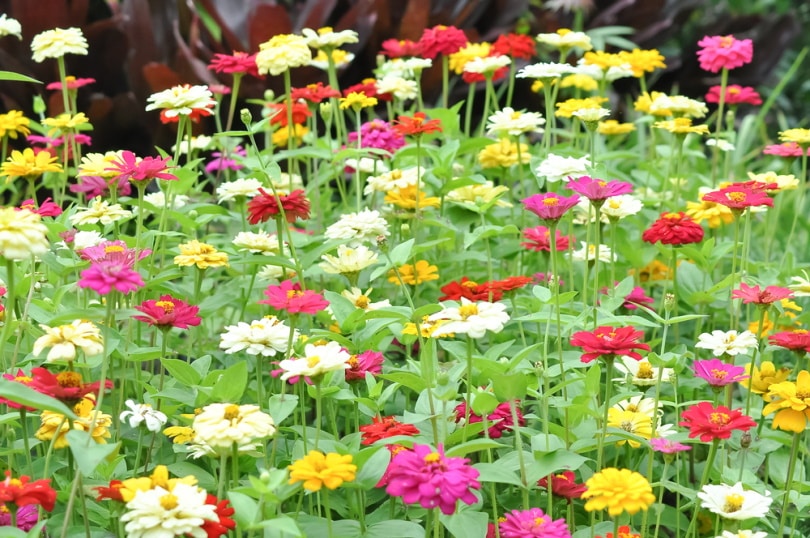
We can’t blame you if you’re considering zinnias for your garden. The exceptionally vibrant blooms are beautiful additions to any garden space. Zinnias have so many benefits—natural beauty, continuous seasonal blooms, and pollinator food. What’s not to love?
In the spring months, when should you plant zinnia to enjoy it all season long? We’ll explain exactly how easy it is to get started with these bright, cheery annuals.
Zinnia Care
If you’re taking the time to plant zinnias, you want to ensure successful growth. Zinnias grow very quickly and develop blooms the entire season. Luckily, zinnias don’t take an extensive amount of care for that to be possible.
Soil & pH
Zinnias enjoy soil that is dense in organic matter and drains very well. If the ground stays too wet, it can cause the decay of the young plant. Zinnia seedlings can be susceptible to failure in moist soils.
You must plant flowers in the correct soil for the best chances of beautiful growth. Soil has varying pH levels: typically between 3 to 10.
Zinnias comfortably grow in soils that have a pH of 5.5 to 7.5.
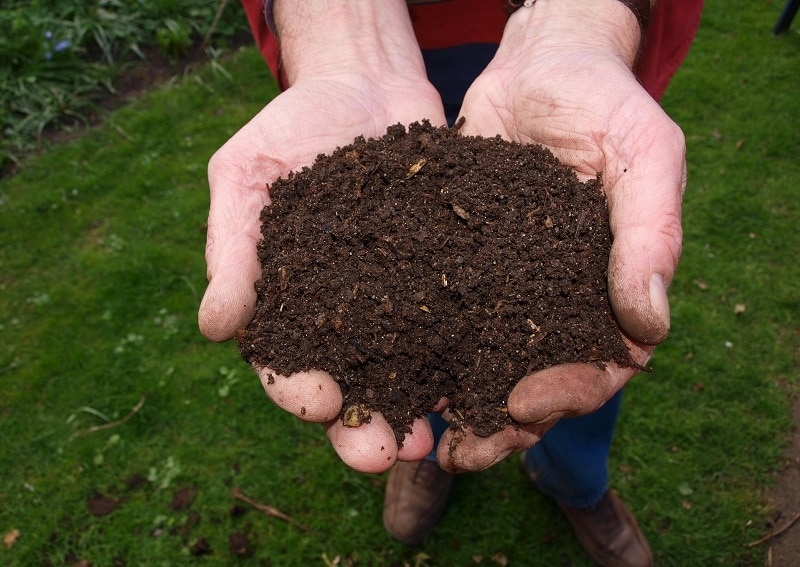
Lighting
Zinnia flowers do best in full sun, where they can soak up all of the rays. However, they can be partially tolerant to shade. Just make sure they get several hours of sunlight every day.
Fertilizer
Because the zinnia is such a hearty flower, it doesn’t require any fertilizer, per se. However, you can add a nutrient-rich potting mix to the flowers to create healthy roots and colorful blooms.
Pruning
It would be best if you deadheaded zinnias often once the flower begins to die to promote new healthy growth. You can also pinch back the growth when they are young to promote a fuller appearance.
Watering
Believe it or not, zinnias are extremely drought tolerant and prefer dry soil. In fact, it can be detrimental to use any transplants if they are exposed to too much water. You can kill perfectly healthy plants.
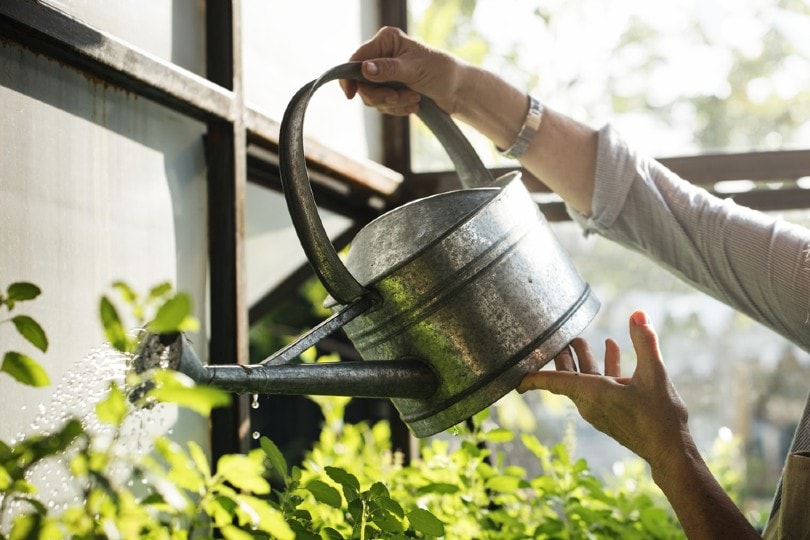
Starting Zinnia From Seeds
Sowing Seeds
Depending on your setup, you can start zinnia seeds indoors or outside. Starting them indoors is a way to get a head start on the season, but it does require a little more work.
If you choose to sow your seeds indoors, you should do so 5 to 7 weeks before planting outside.
You should keep the soil moist, not exceeding 70°. If the proper heat and light help get the plants grow, you can expect to see sprouts within 7 to 10 days.
Preparing to Plant
Zinnia seeds are extremely easy to grow in the ground. If you start your zinnia from seeds directly into the ground, your job is relatively simple. You simply sprinkle seeds where you like your zinnias to grow and water the spots for a few days.
If you transplant your sprouts into the ground from starting indoors, you have more control over the exact placement. You can plant the flowers just a fourth of an inch deep in a sunny spot and watch them thrive. Zinnias need lots of sun to germinate, so be careful not to cover the seeds with too much soil.

Planting
Soon, you will see your zinnias sprouting. If plants start growing too clustered with others, you can always pluck out unwanted flowers to make an even aesthetic.
Even though zinnias are long-stemmed flowers, they bush out nicely. Keep this in mind when you’re planting. The bushy growth casts shade on the underside of the soil, starving weeds in flowerbeds and landscapes, making them favorable among gardeners.
Zinnias take about 2 months to go from seed to flower. They are annual plants, which means they flower quickly and do not come back the following year. However, your zinnia seeds are easy to extract after the flower is finished.
Pruning
Pruning zinnias is a simple practice. If you’re looking for a long stem, wait until your zinnias are 10 to 12 inches tall. Once they reach this point, you will want to trim about 4 inches from the top of the plant. You can snip it off and allow it to regenerate.
Just be careful when cutting the plant that you don’t cut down too far or not far enough. You don’t necessarily have to prune zinnia plants, but it’s recommended if you want to create a branched-out aesthetic with more blooms.
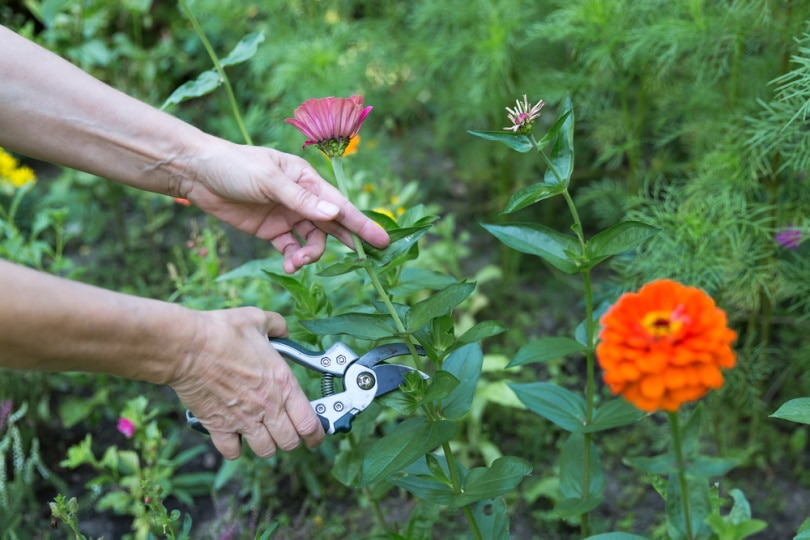
About Annual Zinnia Plants
Zinnia plants are annuals. That means they don’t come back yearly like other plant varieties. If you want zinnias in your garden next year, you have to replant them. Luckily, it is r easy to harvest seeds from zinnia plants once the flowers die.
Types of Zinnia Flowers
- Common zinnia
- Zinnia angustifolia
- Peruvian zinnia
- Desert zinnia
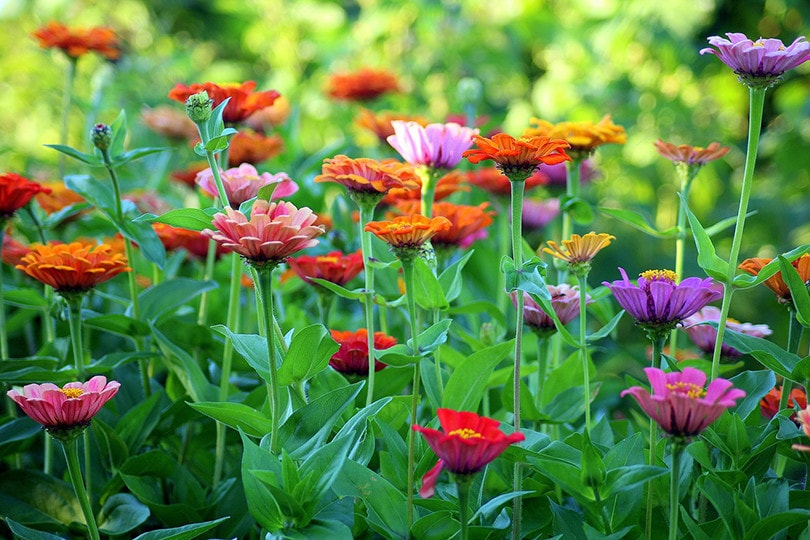
Diseases & Pests
Luckily, zinnias are incredibly resilient flowers that withstand most natural elements. They are susceptible to very few diseases, and pest control it’s pretty simple.
Diseases
There are only two diseases that plague zinnia plants.
- Powdery Mildew
- Alternaria Blight
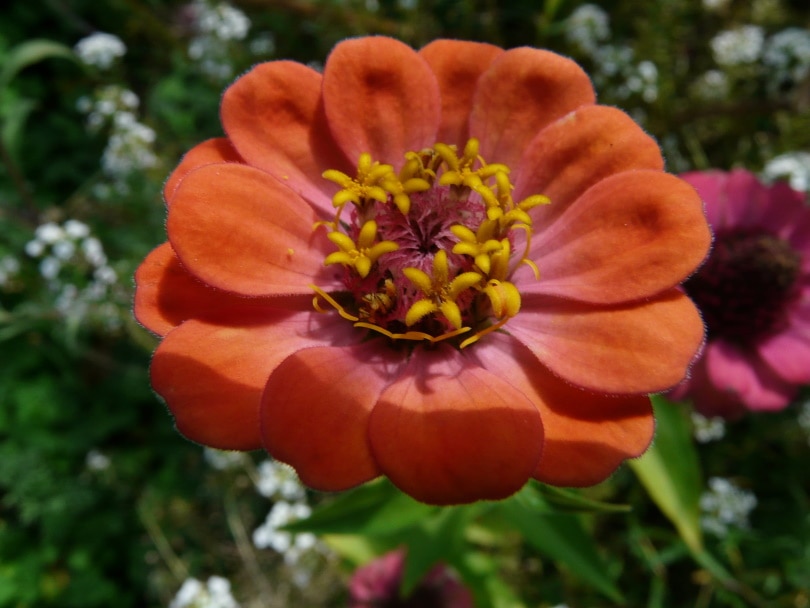
Pests
Just as zinnias attract pollinators to your garden, they equally attract potentially pesky pests.
- Aphids
- Japanese beetle
- Slugs
- Caterpillars
- Beetles
- Earwigs
- Whitefly
- Cabbage looper
With regular care, you should be able to avoid most of these pests.
Pollination Contribution
Zinnias attract beautiful pollinators to your garden, including butterflies and honeybees. Their extremely vibrant blooms attract and serve as a fantastic food source for beneficial insects.
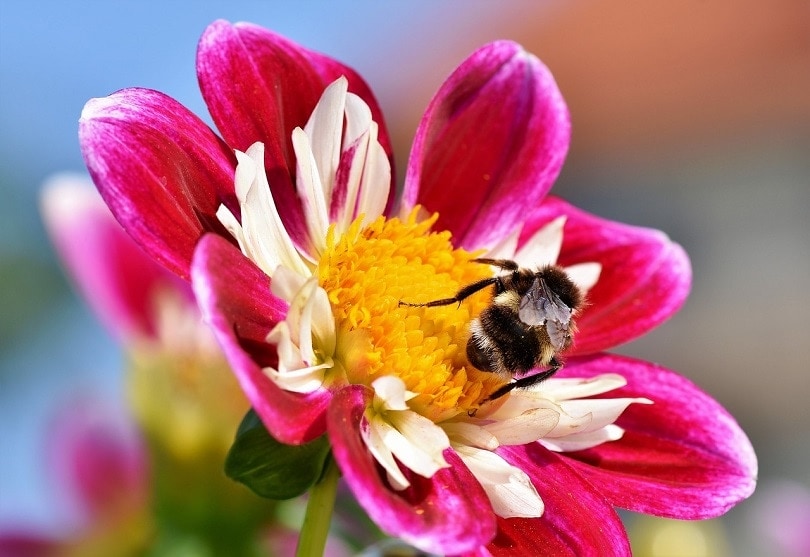
Final Thoughts
Now that you know just how simple zinnias are to care for, you probably will have no reservations about adding them to your garden. Zinnias are pretty maintenance-free.
However, you should monitor them to be on the safe side just in case any pest or disease is playing your plans. Otherwise, enjoy the vibrant, beautiful blooms and all of the visitors zinnias attract to your flower garden.
Related Read:
- Step by Step Guide for How & When to Plant Daylilies
- How and When to Plant Rhubarb? (8 Simple Steps)
- https://www.thespruce.com/how-to-plant-zinnia-seeds-3986368
- https://www.americanmeadows.com/wildflower-seeds/zinnia-flower-seeds/how-to-grow-zinnias
- https://www.burpee.com/blog/encyclopedia__zinnia-article.html
- https://www.chicagobotanic.org/plantinfo/smart_gardener/zinnias_hardest_working_flower_summer_garden
- https://petalspiesandotherwise.com/5-tips-for-growing-amazing-zinnias/
Featured Image Credit: Sukarman, Shutterstock
Contents
